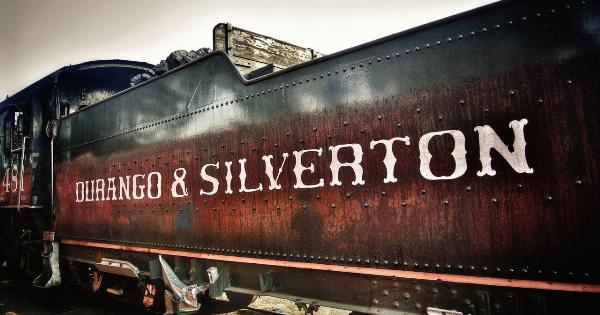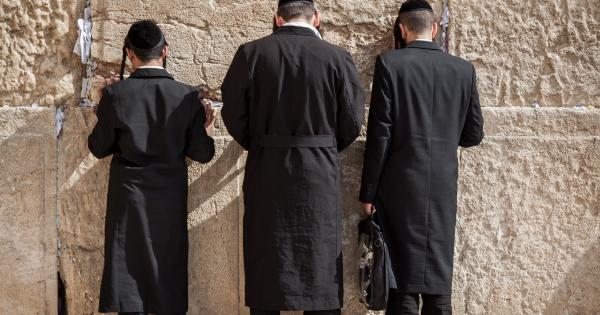Partner selection is a crucial process in our lives. It involves choosing a person with whom to spend time, share experiences, and create a family.
Whether driven by instinct or conscious decision-making, our preferences and criteria for selecting a partner have evolved significantly over time.
The Prehistoric Era: Survival and Reproduction
The prehistoric era was characterized by survival and reproduction. Humans lived in tribes and cultures were relatively primitive. In this time period, partner selection was mostly determined by the ability to reproduce and survive.
Men selected women based on their reproductive health and fertility, and women chose men who could provide protection and food. Physical strength, stamina, and wit were significant factors in mate selection.
The Ancient World: Power and Wealth
The ancient world brought a new dimension to partner selection. With the rise of kingdoms and empires, power and wealth became the primary determinants of mate selection.
The wealthy and influential sought partners with comparable social status, and marriage became a strategic tool for consolidating power and forming alliances. The perception of beauty and physical attractiveness also began to play a significant role in partner selection.
The Middle Ages: Religion and Duty
The Middle Ages saw a shift towards religious and duty-based partner selection. The Christian church held significant power, and marriage became a sacrament. The church preached a model of partners who would abide by their roles in marriage.
Women were expected to be obedient to their husbands, and men were to provide for their wives. The ability to produce offspring was still valued in mate selection, but duty surpassed beauty and wealth.
The Renaissance: Love and Romance
The Renaissance marked a transition from duty-based to love-centered partner selection. The thinking changed from choosing someone for practical reasons to selecting someone with whom one was romantically and emotionally compatible.
Wealth and social status still played a role, but love became the primary consideration. Literature, art, and music glorified romantic love, which sparked a significant change in how people view relationships and partner selection.
The Victorian Era: Social Norms and Status
The Victorian era brought strict social norms and rigid standards to partner selection. Social status and wealth remained significant factors, and arranged marriages returned.
Women were expected to be chaste and virtuous, while men were permitted to have mistresses and affairs. Love remained an important consideration, but it was often viewed as secondary to social climbing and status.
The Modern Era: Individualism and Equality
The modern era heralded an era of individualism, equality, and a new approach to mate selection.
With widespread education and more significant career opportunities for women, the factors driving mate selection shifted from survival, wealth, and social status to personal compatibility. Partners were selected based on shared values, mutual respect, and the potential for emotional fulfillment. Today, people are more likely to consider factors such as personality, education, social interests, and compatibility in mate selection.
The Future of Partner Selection: Technology and Personalization
The future of partner selection is likely to be shaped by technology and a more personalized approach. Online dating platforms have transformed the process of meeting potential partners, offering more options and the chance to find a compatible person.
Artificial intelligence, data analytics, and predictive analysis could also play a significant role in helping people find better partners.
Conclusion
Partner selection has evolved over time, driven by changes in culture, society, and individual preferences. From seeking survival in prehistoric times to finding emotional fulfillment today, the process has transformed significantly.
With advancements in technology and the rise of individualism, it is likely to continue evolving in the future.































